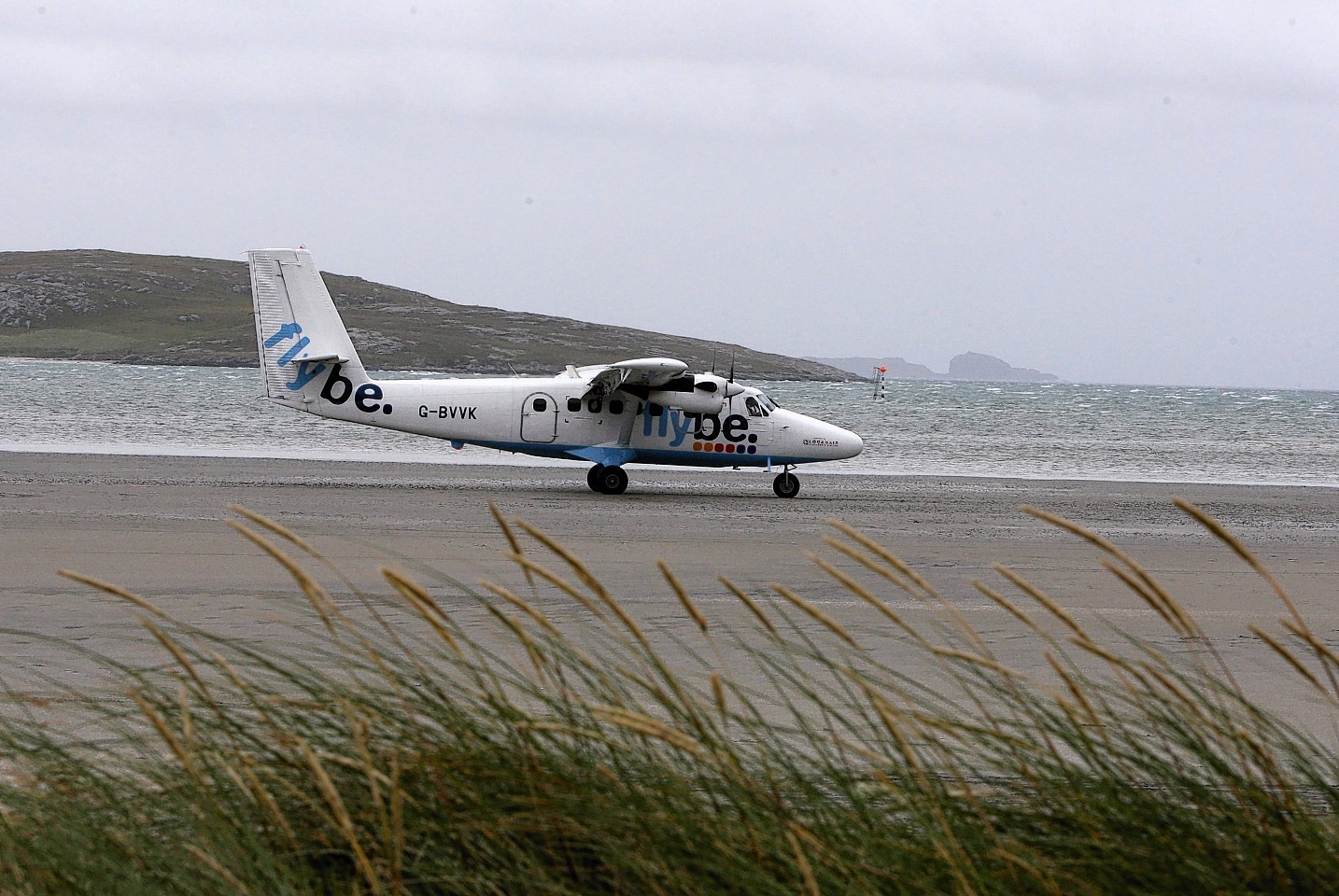After a two year delay, the Scottish Government has finally gone out to tender to buy two new planes to operate on Barra route.
The new aircraft would continue to land on the picturesque sandy beach on Barra, when the tide is out, and save money compared the over £20million cost of building a runway.
Though the process is open to all aircraft makers, Canadian manufacturer Viking Air is the sole maker of the modern Twin Otter model, thought to cost up to seven million dollars each, which is the only main commercial passenger type plane with short take off and landing capability and able to land on the tidal sands in the Hebrides.
The planes – which will also fly to Campbeltown and Tiree – will be owned by the government and leased out to whichever airline wins a separate operating subsidy to provide regular flights.
However, one lifeline air route between Barra and Benbecula has been axed by Western Isles Council so the only destination for the islands is Glasgow.
The present aging Twin Otters should have been taken off the route last year but have been maintained to last until April 2015 at least.
Transport minister Keith Brown admitted it had taken longer than planned to get to this point as the government needed to consider factors affecting the tendering process and wanted to look at all the options available.
He added: “We also wanted to consider the wider impact of reviewing capacity and replacing aircraft on PSO routes in general.
“However, the communities served by these services can now look forward to seeing new planes operating on the routes.
“We want these services to continue to be reliable and attractive to travellers, and these new planes will help achieve that.”
He added: “The current planes operating on the routes are owned by Loganair, so purchasing our own aircraft will also encourage more competition when the contract for the Public Service Obligation (PSO) routes comes up for renewal.”
